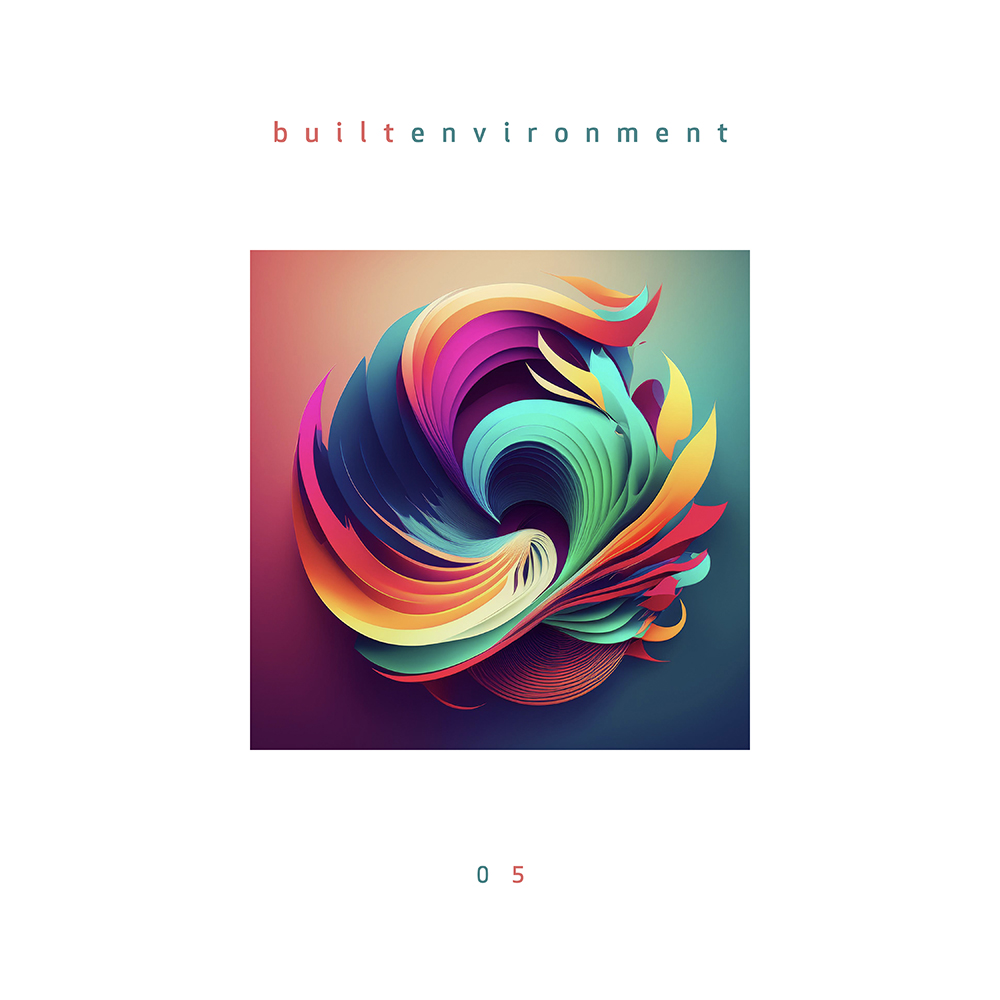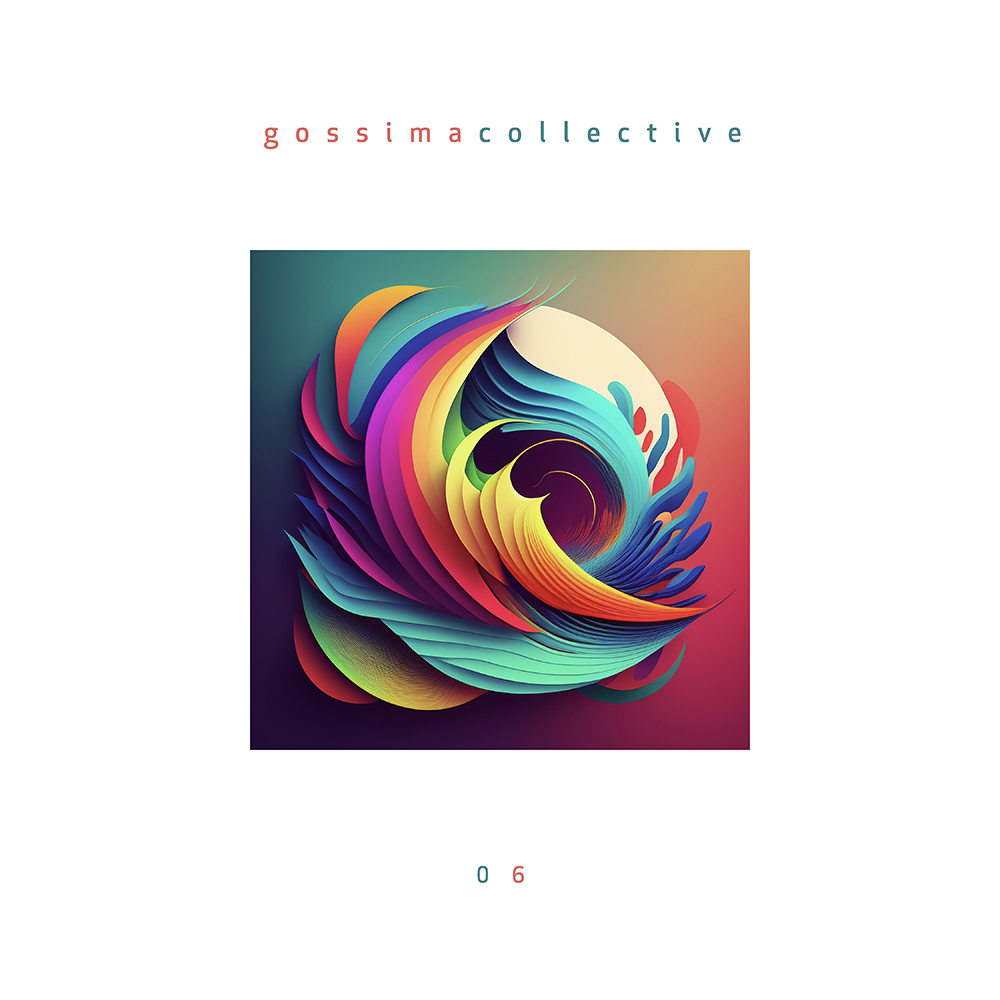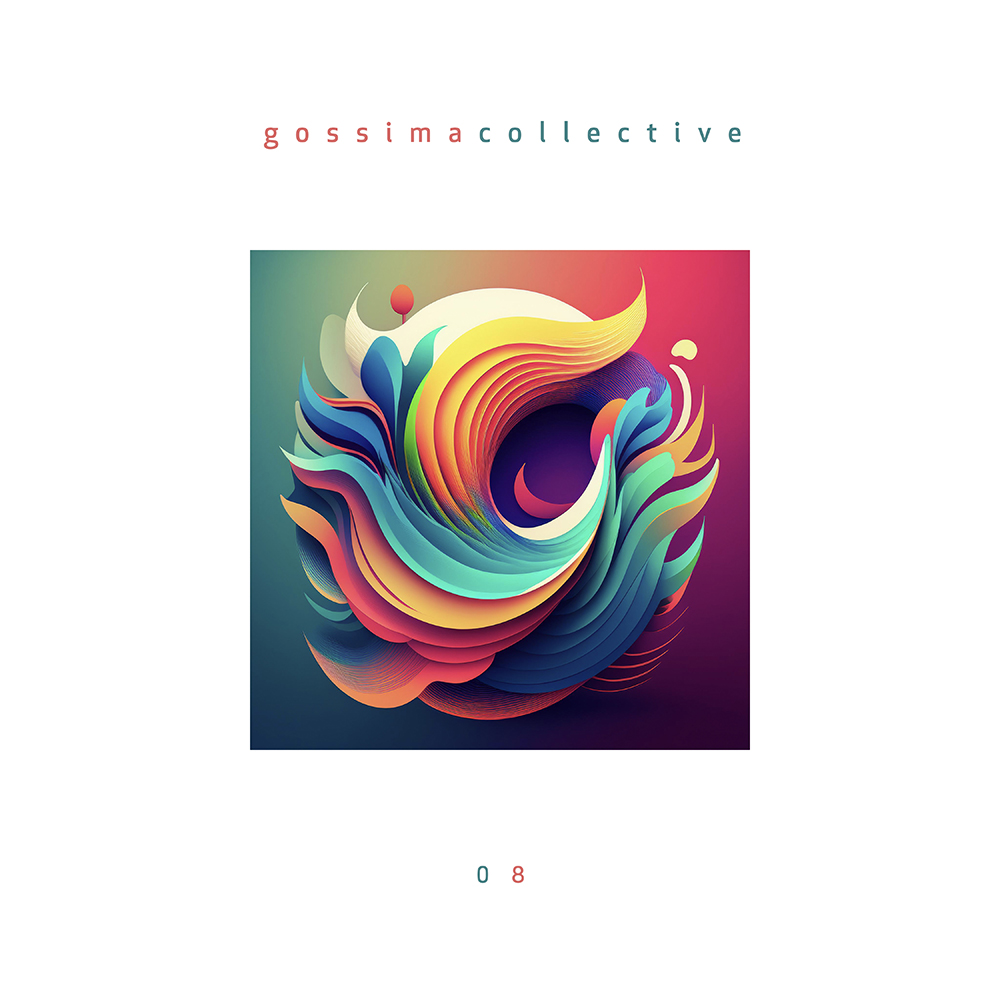Wave Function
Wave Function brings together a collection of sound objects found, played and recorded by Daniel Blinkhorn. From the Kibuya of Zanzibar, audio experiments with a celluloid ping pong ball, catastrophic sounds from the bushfires of Australia, acoustic urban environments and a zither from Madagascar the tremulous waveforms of sound are amplified and arranged.
This album is also available in 5.1 Surround Sound at Immersive Audio Album
- Cover & Track Art: Jeff Düngfelder
Daniel Blinkhorn
Daniel is a composer, digital media artist and field recordist currently residing in Sydney, Australia. Although often working in the electroacoustic and videophonic domains, Daniel ‘s output includes chamber, symphonic and wind orchestra works, sound installations, music for film, dance, radiophonic composition and various hybrid/ inter-media environments.
Daniel’s works are widely performed, exhibited and presented internationally, and his compositions have received numerous international and national composition citations. He is a 2011 Churchill Fellow (Winston Churchill Memorial Trust, Australia), has worked in a wide variety of creative, academic, research and performative contexts and is a lecturer in the Composition and Music Technology faculty at the Conservatorium of Music, University of Sydney. Daniel is also a represented composer at the Australian Music Centre, and the representative member/ councillor for composition at Music Australia (2012 – 2022).
Daniel has undertaken numerous composition residencies, and self-directed recording intensives internationally (La Muse En Circuit, Paris, ZKM| Center for Art and Media, Institute for Music and Acoustics, Germany, CMMAS – Centro Mexicano para la Música y las Artes Sonoras, Mexico, Centre de Arts, Montreal, Visby international Centre for Composers, Sweden and Islao de Arts, Madagascar) and is an ardent location and environmental sound recordist, where he has embarked upon a growing number of expeditions throughout the high Arctic/ North Pole region of Svalbard, Africa, Amazon, West Indies, Northern Europe, Middle East, Alaska, Mexico, Cuba, Madagascar and Australia.
Whilst entirely self-taught in electroacoustic music and biomimetics, he has formally studied composition, creative and digital media arts at a number of Australian universities including, the School of Art and Design (formally ‘COFA’) – UNSW and the University of Wollongong, Faculty of Creative Arts where his doctoral degree was recommended for special commendation. Other degrees include a BMus (hons), MMus, and a MA(r).
Daniel in his own words: ‘As a passionate artist working in the medium of biomimetic composition and environmental sound, my interests are increasingly widespread, with the specific intent of augmenting non-traditional research into compositional models based on biological and acoustic phenomena. In this way, there is a single, simple directive guiding my hand; the desire to galvanize eco-acoustic relationships, structures and naturally occurring processes within music composition and sound art. From this, I have developed an array of techniques that look to mediate the technological and the organic, where I strive to sculpt an artistic language extant within perception, alteration and diffusion of environmental sound and its inextricable, organic bonding to place, space and time’.


Kibuyu
Off the coast of Tanzania, on the small island of Zanzibar I happened upon a bazaar in Stonetown with all manner of beautiful African instruments. I found myself drawn to a small, handmade kibuyu. This humble instrument buzzed and creaked and was far from perfect, yet striking a tine was instantly so musically agreeable. Kibuyu in Swahili translates to ‘Calabash’ and is the box resonator used in the construction of the instrument. I wanted to use the term as a metaphor similar to the phenomenon of seashell resonance, except in this instance, as one holds the kibuyu against their ear they don’t hear sound redolent of the ocean, but rather a more dynamic abstraction of sonic imagery resounding well beyond the instrument itself and deep into the island of Zanzibar and the many evocative soundscapes it contains. All the material within the composition comes from the striking of three tines of the kibuyu, with no additional sonic material employed within the piece. Zanzibar is a UNESCO World Heritage Site.

Gossima Collective (I)
A work in 4 interlinking parts created using recordings of a 2.7 gram, 40 mm gas-filled celluloid ping pong ball. More specifically, all the material comes from a single ball as it bounces on a table.
Throughout each part, the gestures used in the game of gossima become structural metaphors determining the contour, shape and overall form of each miniature. In an attempt to illustrate the brittle nature of the sound of a gossima ball, coupled with the high intensity nature of the game itself, the pervasive morphology of sounds is crisp, whilst the duration short for each section.
Gossima Collective (I): A variety of short gestures, combined with smooth surface tension mimic the rapid accumulation and dispersal of energy within the game.

Smoke Machine
Across the summer of 2019, much of the southeastern coast of Australia was ravaged by catastrophic bushfires. Devastating torrents of fire consumed a swathe of flora and fauna, all of which rely heavily on finely tuned ecosystems to survive. Compounding the searing heat and scorching flames, strong winds carried embers of ash beyond the horizon…when these embers finally landed, new fires then ignited.
Not unlike many Australians, the impact of the 2019/2020 bushfires left an indelible imprint on my family, and myself. In particular, our familial home in the southern highlands of NSW was besieged on an almost daily basis by the menacing glow of flames amidst clouds of ash and smoke. It was purely via happenstance, a change in the direction of the wind, that largely spared our home from the full force of the inferno that rampaged throughout the surrounding bushland.
‘Smoke Machine’ is a work forged in the heat of these catastrophic bushfires. To mitigate spot-fires spreading across the property, my brother Benjamin (to whom this work is dedicated) used his earth moving machinery to create a series of firebreaks and assist with controlled burns to minimise the impact of any wayward embers. To capture the sound, I used the only thing I had on hand at the time, a smartphone. It was from a single audio-visual recording of an excavator as it interacted with one such spot-fire that breathed life into ‘Smoke Machine’. Through extensive sound and visual transformation, the work strives to relay the sense of dramatic intensity that accompanied these harrowing interactions.
In total, around 6 minutes of audio was captured and formed the sole basis for the audio used across the piece. The only exception to this field recording is the inclusion of a coarsely textured sample I recorded of a metal bridge as it flexed. The textured nature of the creaking metal was left largely unprocessed and was positioned to augment the metaphorical nature inherent within the work, where steel, smoke and fire merge.

Gossima Collective (II)
The antithesis of the dry, inharmonic textures of a ping pong ball, pitched, resonant timbres coalesce.

Built Environment
A reference to the ever-changing urban landscapes that provide settings for human activity, ranging from comprehensive public superstructures to personal and intimate places and spaces.
By situating all manner of kinetic and gestural material within an evolving, at times densely populated environment, I hope to provide a kind of larger-scale, anthropogenic sound biome that harnesses some of the energy and vitality of the built environments in which we live.

Gossima Collective (III)
An orbicular, cyclic array containing a sea of gossima balls

Valiha
Named after a zither I encountered in the small seaside fishing village of Ifaty, in the Mozambique channel of Madagascar. The instrument is entirely cylindrical in design, reflecting the primary material from which it is constructed, bamboo. I found instrumentalising the zither in a conventional sense to be uniquely challenging, so I decided to attempt to unlock its richly evocative potentiality by transforming 5 simple, plucked, pizzicato gestures into a piece that extends well beyond the physical confines of the zither. In doing so the work evokes the natural elements and energies embedded within the origins of bamboo (water, grass, wind) and recycled telephone wires and discarded bicycle brake cables that are repurposed as strings. Timbres redolent of steel, bamboo and liquid jostle and collide amongst windswept textures, creating a biomimetic soundscape recounting the life force of the instrument itself.

Gossima Collective (IV)
Based on the initial serve, a precise, short and sharp gesture driven moment.
Reviews
Chain D.L.K.
If the earth could sing, if the wind could whisper its itinerant secrets, if fire could lament its own destruction - perhaps it would sound like "Wave Function", the latest eco-acoustic journey by Daniel Blinkhorn. A seasoned sound artist and field recordist, Blinkhorn has built a career on sculpting the ephemeral, translating the language of natural and synthetic worlds into music that feels both intimately familiar and otherworldly. Here, he extends that approach to its logical, shimmering extreme, crafting an album that is as much a meditation on sound as it is an exploration of its instability, resonance, and decay.
Blinkhorn's compositional process reads like a scientist’s field notes crossed with a poet’s dream journal. The raw materials of "Wave Function" include instruments both traditional and accidental: the "kibuyu", a gourd drum from Zanzibar, a Madagascan "valiha" zither, and a celluloid ping pong ball bouncing into an acoustic hallucination. And then, there are the environments - bushfires raging through Australia, the mechanical hum of urban landscapes, waves collapsing into themselves. Sound isn’t just captured here; it’s courted, manipulated, refracted into new dimensions.
Take "Kibuyu", the album’s longest piece, which unfolds like an auditory time-lapse of a distant coastline, the resonance of the gourd drum merging with the natural and digital spaces it inhabits. Or "Smoke Machine", where the echoes of destruction - charred forests, embers dissolving into wind - are repurposed into something strangely beautiful, an elegy for the Australian landscape in crisis.
The "Gossima Collective" pieces, scattered throughout the album, serve as connective tissue, their name referencing the early, experimental iterations of table tennis (before it became the sport we know today). It’s an apt metaphor for Blinkhorn’s approach: a back-and-forth between sound and its environment, between composer and the unpredictable materials he chooses to wield.
Blinkhorn’s work is often discussed in the context of biomimetic composition - music that takes inspiration from biological and ecological processes. But what sets "Wave Function" apart is its refusal to romanticize the sounds of nature. This is no pastoral ambient drift. Instead, it treats the sonic environment as an active, evolving organism - one shaped by destruction and renewal, industry and decay. A wave is never just a wave; it is movement, collapse, regeneration.
Perhaps this is why "Wave Function" feels so vital. In an age of ecological uncertainty, it serves as both a document and an intervention, reminding us that to listen is to participate in the world’s unfolding. Whether in the Arctic, the Amazon, or the back alleys of Sydney, Blinkhorn has spent decades proving that sound is never neutral - it carries history, trauma, memory.
Jeff Dungfelder’s artwork, created for each track, reinforces the album’s fluid, shape-shifting nature. Much like the music, the visuals seem to oscillate between the organic and the alien, suggesting landscapes that could belong to Earth or some distant, unknowable world. And maybe that’s the essence of "Wave Function" - a reminder that sound, like water, refuses to be fixed in place. It travels, it mutates, it wears down the boundaries we try to impose on it. In Blinkhorn’s hands, it becomes something between a map and a mirror: a reflection of the world we live in, and an invitation to imagine the ones we have yet to discover.
.jpg)